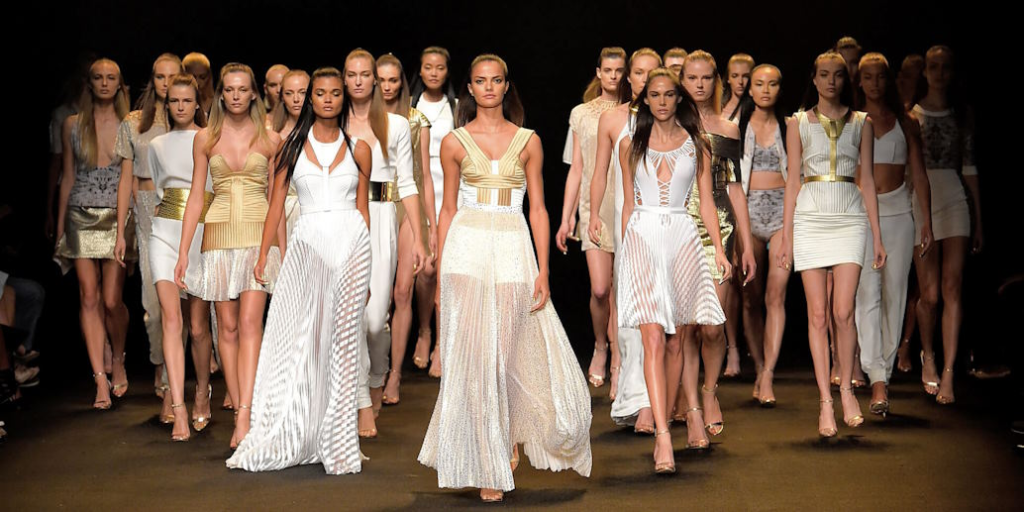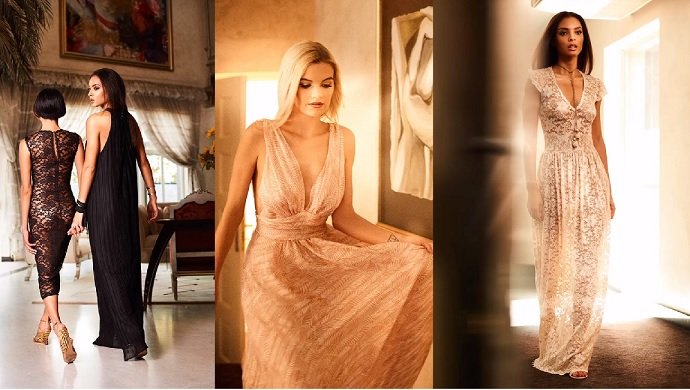What is the Fashion Capital of the World? The idea of a “fashion capital” has long been associated with iconic cities known for their profound influence on the global fashion industry. These cities drive trends, host major fashion events, and are home to some of the most prestigious designers, brands, and institutions. A fashion capital is not merely a location where fashion is prominent; it’s a hub where trends are born, talents are nurtured, and the industry’s future is continuously reshaped. This article delves into the concept of fashion capitals, especially focusing on what cities hold the title and how it has evolved over recent years, including 2020 and 2022.
What Makes a City the Fashion Capital?

For a city to be considered the “fashion capital of the world,” it must meet several criteria. Here are some of the major factors that determine a city’s status:
1. Cultural Influence and Legacy
- Fashion capitals boast a long-standing history in the world of fashion and culture. This cultural backdrop supports creativity and provides a rich base from which the fashion industry can grow.
- Cities like Paris, Milan, New York, and London have nurtured fashion icons and movements, lending them a legacy that strengthens their reputation.
2. Global Fashion Events
- Fashion Weeks are crucial in establishing a city as a fashion capital. The “Big Four” — Paris, Milan, New York, and London — are the most prestigious, hosting annual fashion weeks that set global trends.
- Emerging cities often try to compete by hosting their own fashion weeks, but few reach the stature of these giants.
3. Presence of Leading Brands and Designers
- The headquarters or flagship stores of renowned brands often indicate a city’s fashion importance. In addition, the presence of influential designers enhances a city’s reputation as a fashion hub.
- For example, Chanel, Louis Vuitton, and Dior in Paris; Gucci and Prada in Milan; and Calvin Klein and Ralph Lauren in New York, all contribute to these cities’ titles as fashion capitals.
4. Economic Influence on the Fashion Industry
- The economic aspect of fashion is paramount. Fashion capitals not only generate significant revenue from retail and luxury sales but also influence the industry’s direction.
- Paris, for instance, leads with its luxury goods market, while New York stands as the largest retail market.
Historical Fashion Capitals: A Look at the Big Four
Historically, the cities recognized as fashion capitals are Paris, Milan, New York, and London. Each has carved its niche in the fashion world, offering unique aesthetics, perspectives, and contributions.
Paris
Paris, often seen as the birthplace of haute couture, has remained at the forefront of the fashion industry for centuries. With its unmatched legacy and luxurious maisons like Chanel, Hermès, and Dior, Paris stands as a beacon of classic, sophisticated fashion.
Milan
Milan is synonymous with luxury and quality, specializing in elegant yet innovative design. Italian brands like Versace, Prada, and Armani have contributed to Milan’s reputation as a leader in both high fashion and ready-to-wear clothing.
New York
New York’s fashion scene is known for its edginess, innovation, and diversity. Home to brands like Calvin Klein and Marc Jacobs, New York pioneered the concept of fashion for all, making it accessible and trend-driven.
London
London is celebrated for its avant-garde, experimental approach to fashion. With brands like Alexander McQueen and Vivienne Westwood, it has become known for its rebellious, edgy fashion identity.
The Fashion Capital of the World in 2020

In 2020, the fashion world underwent significant changes due to the global pandemic. The concept of a single “fashion capital” became more fluid, with several cities adapting to the situation in creative ways. Despite these challenges, Paris held onto its reputation as a leader, due to its resilience and the flexibility of its fashion houses.
How the Pandemic Impacted Fashion Capitals
- Shift to Digital: Major fashion weeks in 2020 were held virtually. Paris and Milan were particularly successful in adapting their shows, with high-quality virtual runways.
- Increased Global Influence: As more people turned online to attend fashion weeks, the influence of cities like Paris, New York, Milan, and London became more global, allowing them to reach a wider audience than ever before.
Why Paris Dominated in 2020
- Paris, being home to luxury houses with substantial resources, was able to maintain high production values for virtual fashion weeks. Brands like Dior and Louis Vuitton leveraged technology to bring their vision to a global audience, reinforcing Paris’s status as a fashion powerhouse.
The Fashion Capital of the World in 2022

By 2022, the fashion industry had largely adapted to the post-pandemic landscape. The year saw a resurgence of physical shows, which re-established cities as central fashion hubs. Milan stood out in 2022, with strong attendance at Milan Fashion Week and heightened influence over luxury fashion.
Key Reasons Why Milan Emerged Strong in 2022
- Focus on Sustainable Fashion: Milan led the way in promoting eco-friendly practices, resonating with modern consumers.
- Rise in Luxury Fashion Demand: As the demand for luxury fashion items increased, Milan’s influence grew. Italian brands with deep roots in craftsmanship and high fashion became more appealing.
Other Notable Trends
- Paris continued to hold a significant position, bolstered by luxury brands that focused on heritage and exclusivity.
- New York embraced a more inclusive, diverse fashion week, attracting new designers from various backgrounds, furthering its image as a progressive fashion capital.
Emerging Fashion Capitals
While the Big Four dominate, emerging cities like Tokyo, Seoul, and Copenhagen are beginning to influence global fashion in unique ways.
Tokyo and Seoul
- Known for their cutting-edge streetwear and high-tech approach to fashion, Tokyo and Seoul have garnered significant global attention. Tokyo’s Harajuku style and Seoul’s luxury streetwear are attracting a global audience and carving a niche within the fashion industry.
Copenhagen
- Copenhagen, with its strong focus on sustainable fashion, has positioned itself as a leader in eco-friendly design. The city has gained attention for its emphasis on minimalism and practicality, offering a refreshing take on high fashion.
What Makes the Fashion Capital of the World?

The title of “fashion capital of the world” is constantly in flux, with Paris, Milan, New York, and London sharing the spotlight as leading influencers. However, each year brings changes as new trends, technology, and consumer interests evolve. Factors like digital innovation, sustainability, and diversity are becoming crucial in defining which city leads in fashion, and cities like Tokyo, Seoul, and Copenhagen continue to reshape the industry.
In recent years, Milan and Paris have shown remarkable adaptability, allowing them to maintain their positions as fashion capitals. Yet, cities worldwide are pushing boundaries, embracing innovation, and challenging these traditional hubs.
Conclusion
Determining the “fashion capital of the world” is not a straightforward task, as each leading city contributes uniquely to the industry. In 2020, Paris adapted quickly to the digital shift, maintaining its status amidst a challenging year. By 2022, Milan emerged as a leader in sustainable luxury, reflecting consumer interest in environmentally responsible fashion.
Looking forward, the global fashion landscape continues to evolve. As sustainability, technology, and inclusivity gain importance, new cities may rise to challenge the dominance of the Big Four. However, for now, Paris, Milan, New York, and London remain the world’s fashion capitals, each with its distinct identity and impact on fashion.

